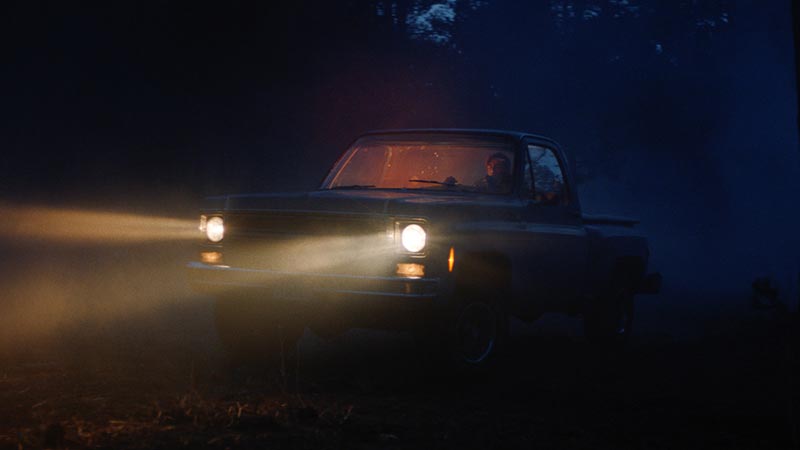Fleeing her cruel husband and tragic past, Margaret must navigate the treacherous and foreboding wilderness of the Olympic Peninsula. The path ahead is uncertain, and the past that haunts her is only steps behind.
Can you tell us what inspired you to bring this story to life?
The story of Margaret had been gnawing at me for over a year before I finally put pen to paper. I’ve always found it fascinating to explore the dissonant chord between historical events and current affairs; I had been doing research into death portraiture of the late 1800s (a bizarre phenomena of the Victorian era) and found it to be a perfect catalyst for a story about perseverance in the face of patriarchal and societal oppression. The film’s aesthetic was inspired by the scenic photography of Ansel Adams; so much so, that we did extensive post-production touring through the western United States to capture landscape footage inspired by his work.
What was the most challenging scene for you to film?
We shot the majority of the film on location, following Margaret’s journey down the Pacific coast, so we dealt with a lot of harsh conditions on set. The most challenging day was probably the beach sequence towards the end of the film. The wind whipping off the ocean that day was brutal, the tide caused numerous time delays, and it was bitterly cold, but it all added to the chaos and drama of the scene, so we were able to muster ourselves and complete the shoot.
What has this film taught you about filmmaking?
This film has taught me a lot about filmmaking. It was a humbling experience attempting to capture the full scope of our vision for “Margaret” on a very tight budget. We took a risk during production and opted to record all audio for the film in post (an effort to save time and avoid complications at some of the more extreme locations). It ended up being a lot of work on the backend (recreating an entire soundscape from scratch), but it allowed us to build the final product we had all envisioned.




